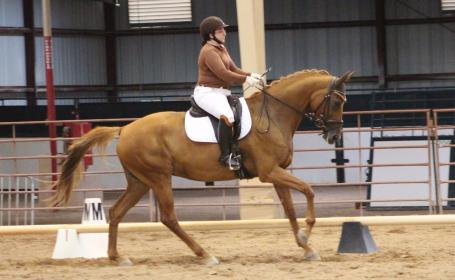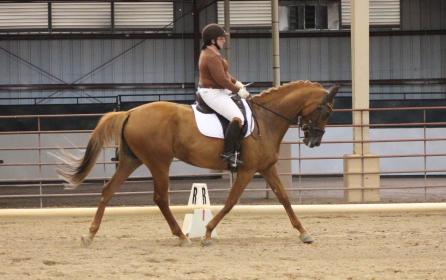To my recollection, I’ve never seen or heard an instructor talk about detecting correct contact, balance, engagement and connection over the topline in terms of freedom of the neck. Head and neck position, softness, length, “reaching towards the bit” and so on, yes, the general framework of working under saddle as at liberty, yes, but specifically freedom to use the neck independently of the rider’s aids for balance, no. I admit I’m not well read in dressage literature; I have to assume it’s out there somewhere.
I’ve been a very bad rider for a very long time, but have had periods where circumstances aligned and I had enough of those fantastic “aha” moments with enough consistency to make some lasting changes to my foundations. When the right pieces came together, I was able to feel that I was supporting and influencing the horse without interfering, and a big big part of that was the ability to maintain balance and contact without constraining/restricting the neck, especially in corners and on circles. It’s self-carriage I guess, but that term was used by my instructors more as the opposite to “on the forehand”.
It just seems like such a key piece of information, and something that one can actually feel for, I wonder if anyone emphasizes it in their instruction? My paranoid self tells me that it’s obvious to everyone else, and I’m just a dummy for not being on the same page!


